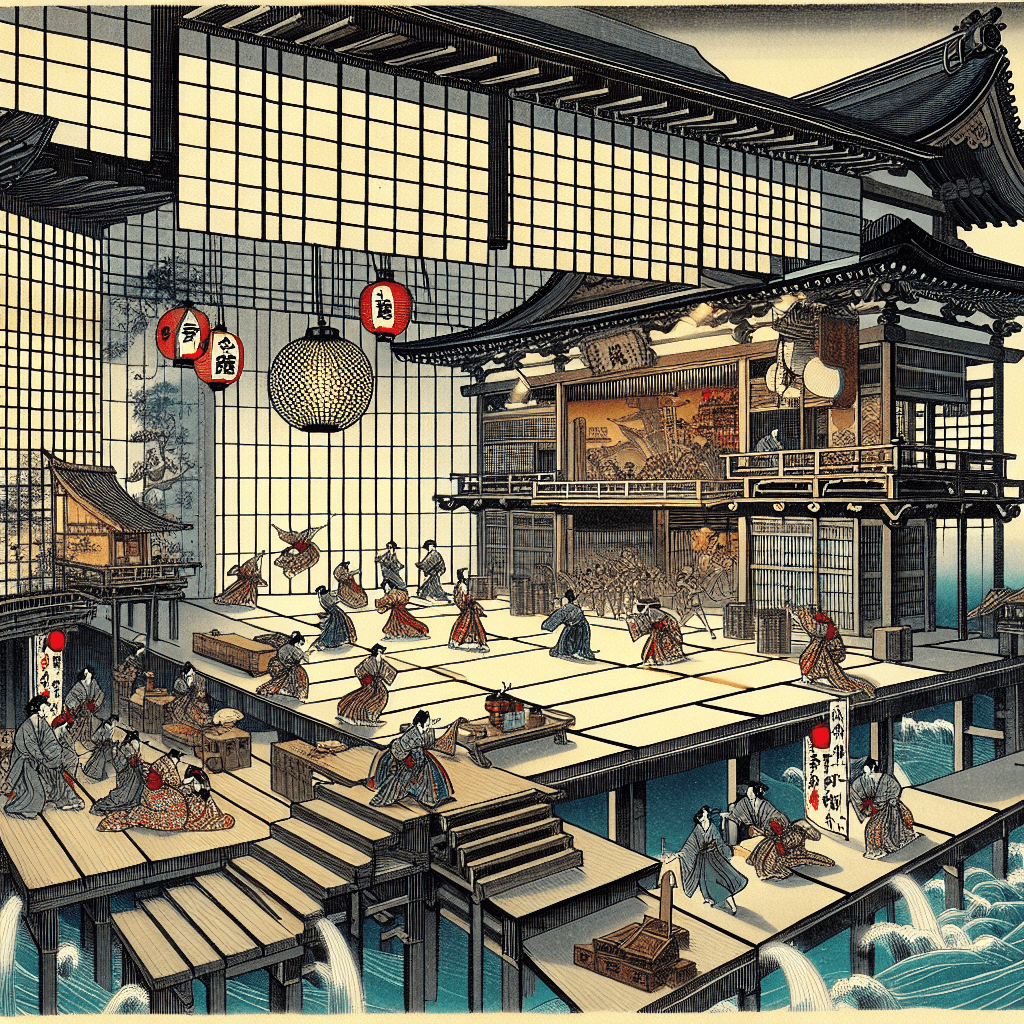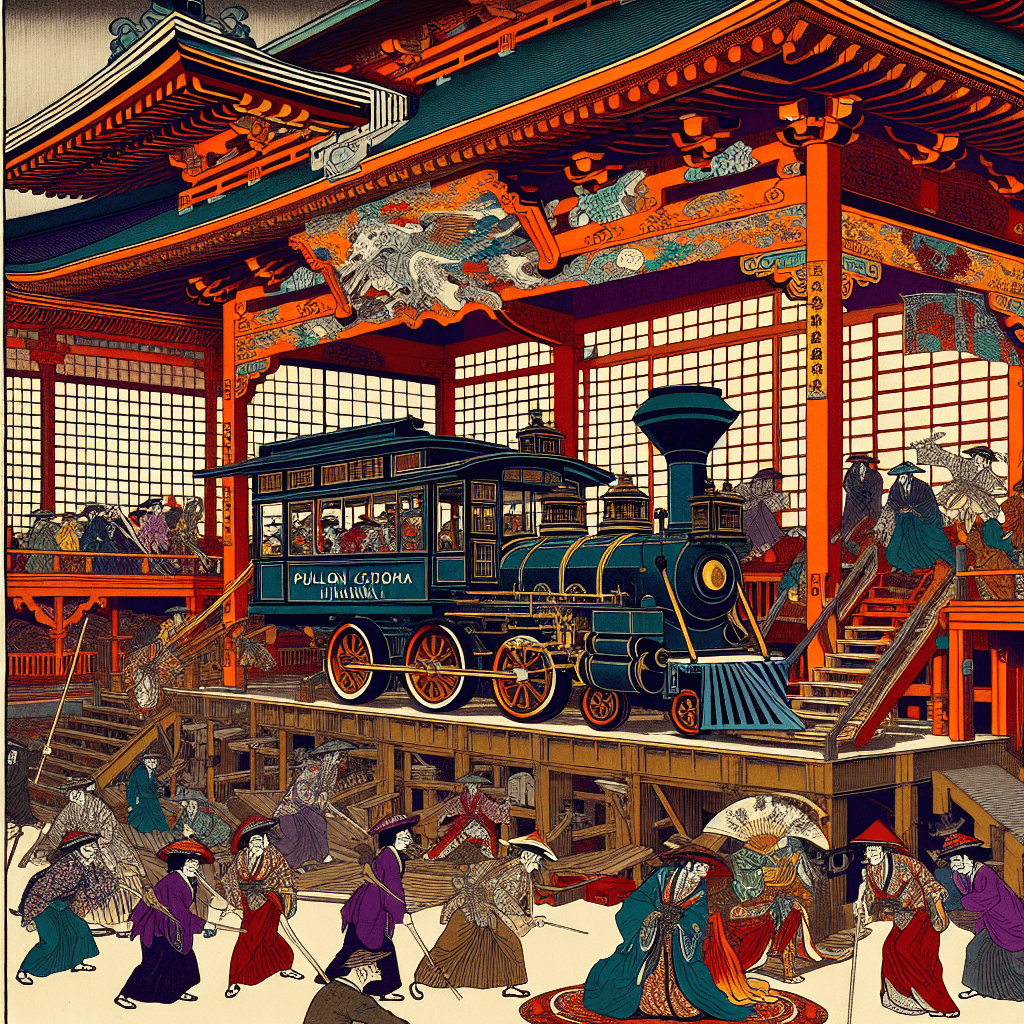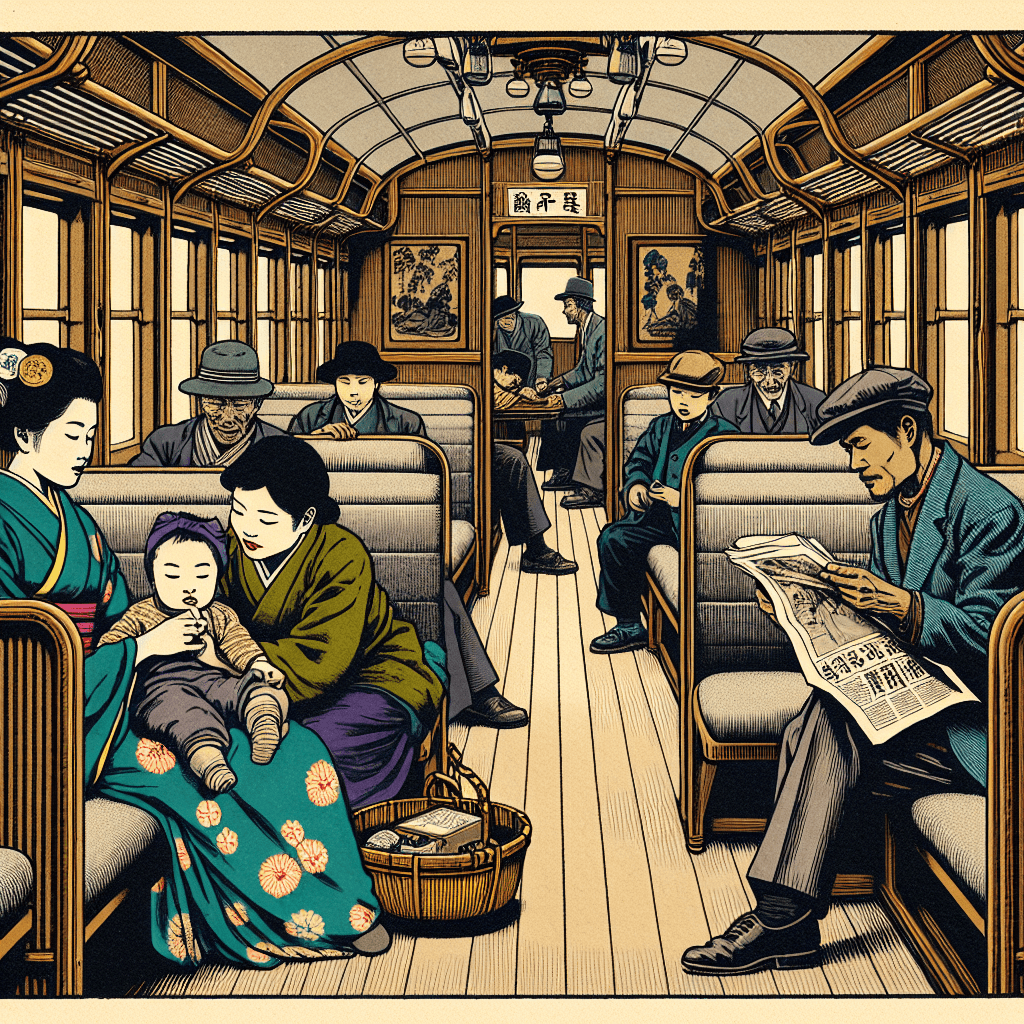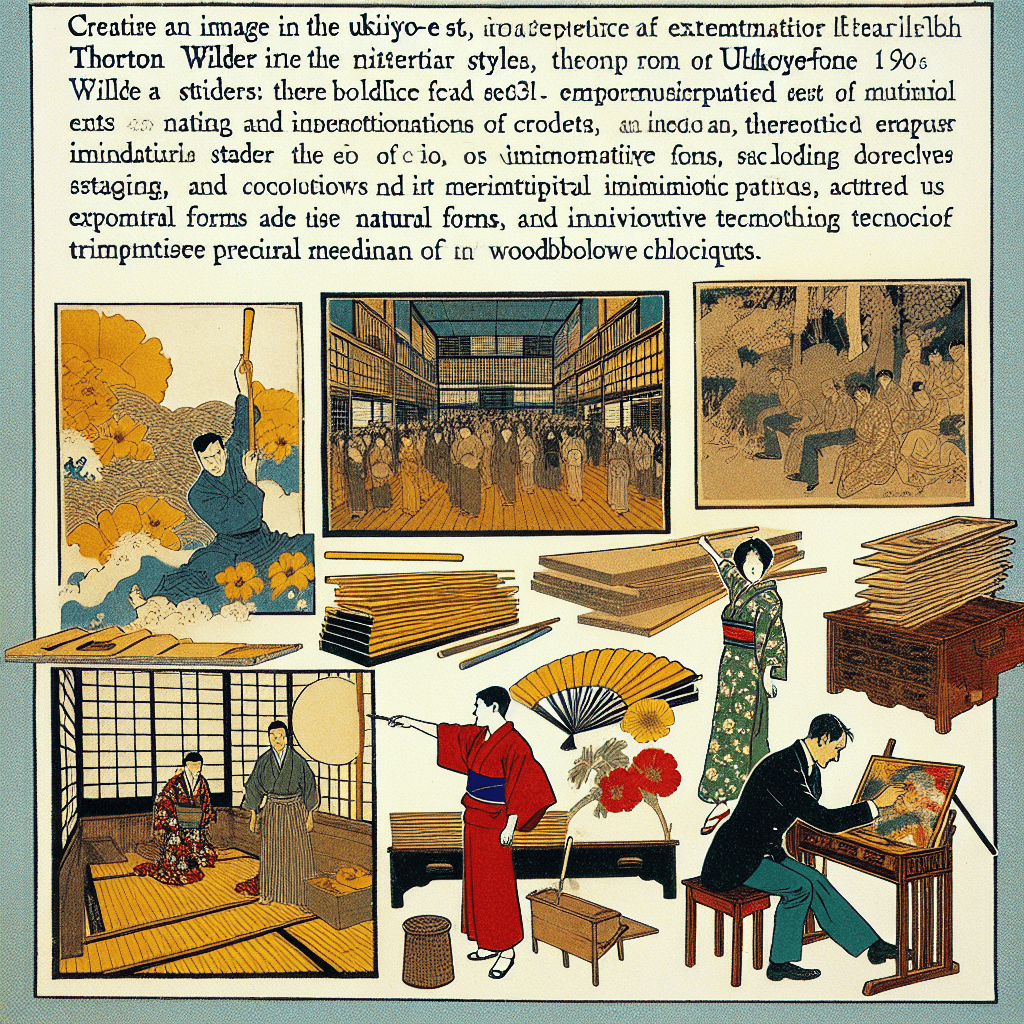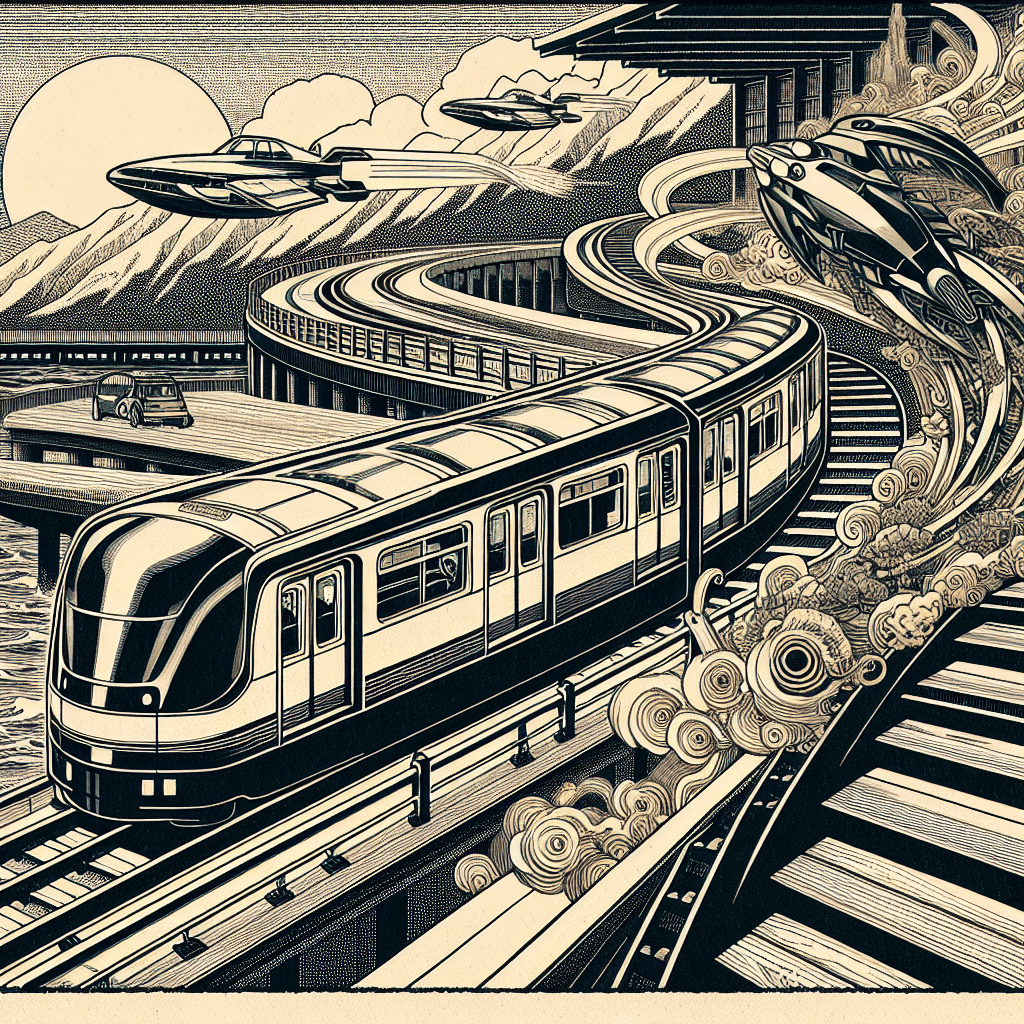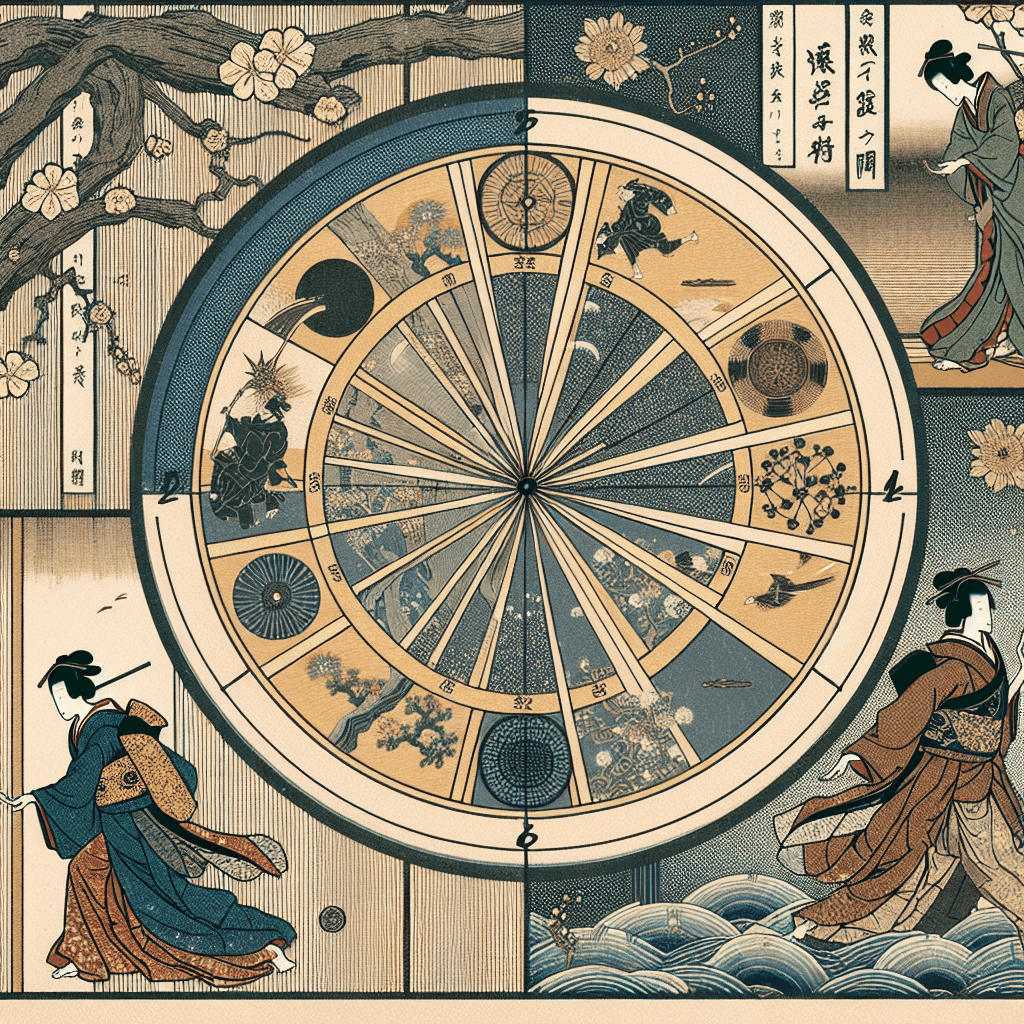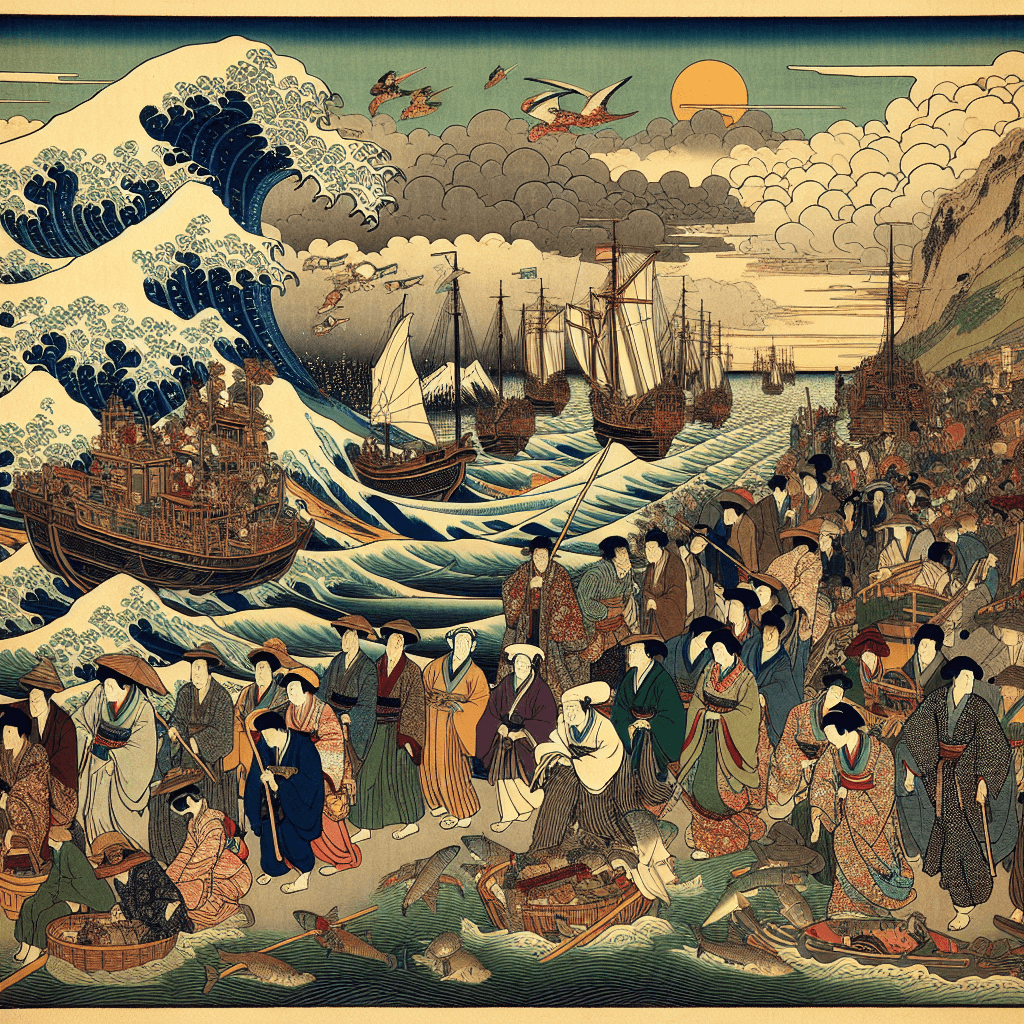The title of the blog post is "Decluttering & Quality Control: Streamlining the 6 Line’s Behind-the-Scenes Symphony.
syndu | Feb. 13, 2025, 12:15 p.m.
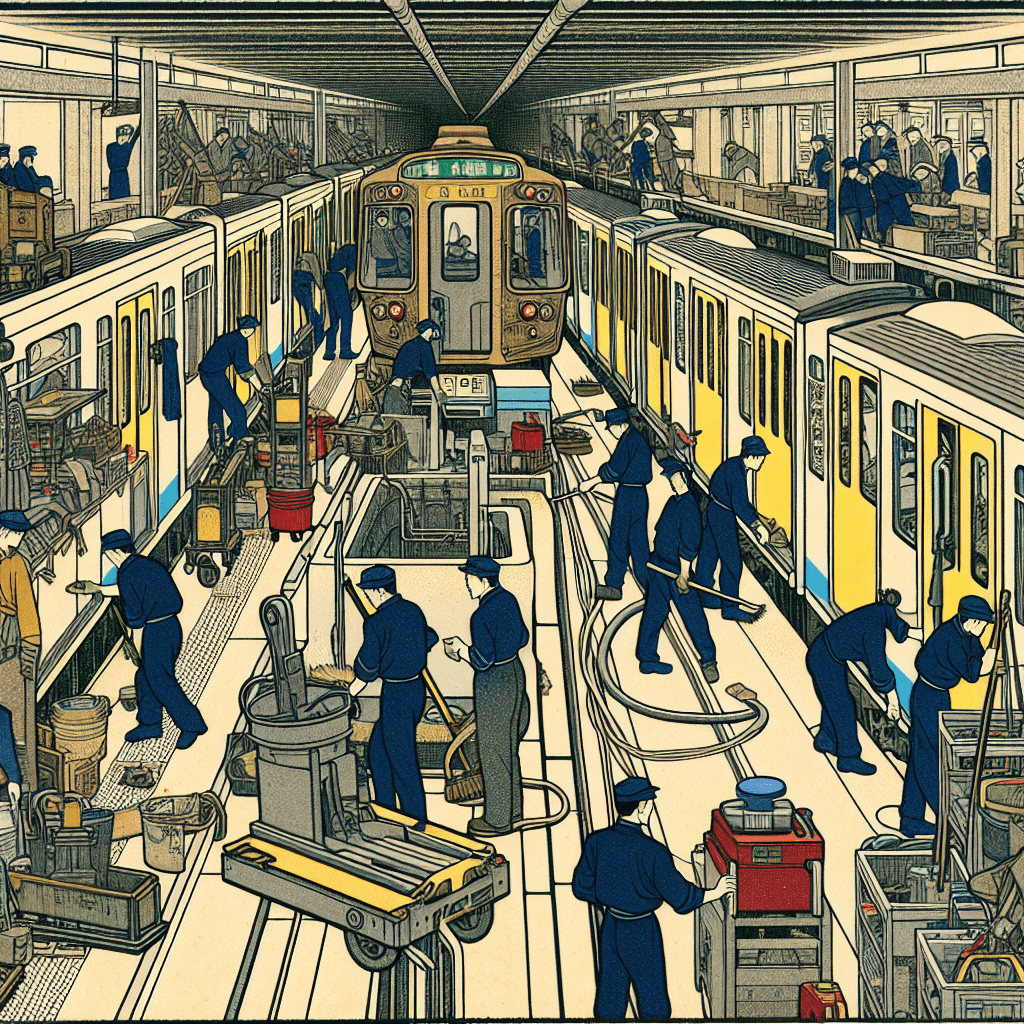
Title: A Profound Literary Analysis of Thornton Wilder’s “Pullman Car Hiawatha”
1. Historical & Theatrical Context
Thornton Wilder crafted “Pullman Car Hiawatha” in the early 1930s—a time when the Great Depression left a mark on both the individuals and cultural productions of the era. This period led to theaters pursuing novel dramaturgical techniques that spoke to existential themes, allowing audiences to momentarily transcend everyday struggles through art. Wilder’s work, too, thrives on this intersection of the quotidian with the universal. His minimalist style characteristically strips away elaborate sets to highlight the cosmic and spiritual underpinnings of human life. Written before Wilder’s acclaimed “Our Town” (1938), “Pullman Car Hiawatha” encapsulates similar themes, questioning the significance and fragility of existence through the metaphor of a night-time train journey.
2. Premise & Setting: Night Train as Life’s Metaphor
The setting—a Pullman car silently slicing through the American heartland—serves as a microcosm for life’s fleeting journey. Here, the dim glow of lamps and gentle rhythm of train wheels echo the passage of time. Wilder’s sparse stagecraft implies this—a deliberate choice enabling the audience to use their imagination to expand the universe present on-stage. In this nighttime world, passengers are fellow travelers in life’s broader narrative, sharing the same trajectory even as they remain absorbed in personal reveries. The limited space of the train sets an atmospheric backdrop for exploration: every private thought, whispered fear, or shared laugh turns into a small universe, reinforcing that, while life’s a continuous motion forward, its richest moments often occur within these enclosed spaces.
3. Main Characters & Cosmic Visitors
“Pullman Car Hiawatha” features an assortment of everyday travelers drowsily sharing the confines of the Pullman car. From the self-assured businessman to the reflective couple, life’s broad tapestry is represented in their contrasting narratives. However, Wilder breaks convention by incorporating cosmic entities—spiritual figures, celestial messengers, or perhaps Time itself as characters or voices within the play. These entities halt ordinary dialogue to offer philosophical musings that contextualize human life amidst the broader cosmos. Concurrently, conductors and attendants function as quasi-narrators leading the human players from scene to scene, marking the passage of time and grounding the cosmic in the concrete present.
4. Plot Progression: A Midnight Tapestry
The play flows through brief nighttime vignettes, each offering glimpses into the passengers’ introspection and interactions. Amidst this tapestry, comic interjections—like a snoring passenger or a clumsily dropped suitcase—prevent the play from drifting overly solemn. Often, cosmic interludes pause this humdrum, delivering poignant reminders of mortality or universal interconnectedness. As the interplay between comedy and reflection unfolds, Wilder expertly reveals humanity’s myriad faces, introducing thought-provoking questions about existence, shared destinies, and our role in the cosmos. The balance of these elements constitutes the heart of the narrative, mirroring how life's precious moments remain ephemeral yet profound.
5. Themes & Symbolism
- Ephemeral Life: The constant train movement parallels life's inexorable flow while evoking the cherished, fleeting nature of existence.
- Isolation vs. Connection: While confined together, passengers confront aspects of loneliness and unity experienced by humanity everywhere.
- Cosmic Significance: Wilder tenderly contrasts humdrum realities against immortal forces, suggesting timeless wonder hidden in everyday exchanges.
6. Theatrical Devices & Production Choices
The play thrives under the 1930s theatrical innovation marked by minimalistic settings—flickering lamps, the muted cadence of rolling wheels, and quiet, pensive monologues exposed on an unadorned set. Directors are encouraged to juxtapose these simple elements with symbolic lighting, soft music, or understated costuming that inspires wonder and inquiry. The result amplifies moments of serendipity or shared insight, breathing depth into the ephemeral lives explored, akin to metatheatrical innovations that were ushering in fresh narrative forms during this era.
7. Conclusion: Relatable Reflections for Today’s Audience
Though deeply rooted in the 1930s, “Pullman Car Hiawatha” resonates in today’s world, as humans continue grappling with existential quandaries, fleeting relationships, and personal introspection. Much like “Our Town,” it fosters cosmic appreciation for everyday moments, challenging us to acknowledge unforeseen elegance within mundane circumstances. Wilder’s meditative journey through the nighttime train leaves modern audiences with universal truths about life’s brevity and intrinsic interconnectedness, reminding viewers we are all fellow travelers on the midnight train of existence.
